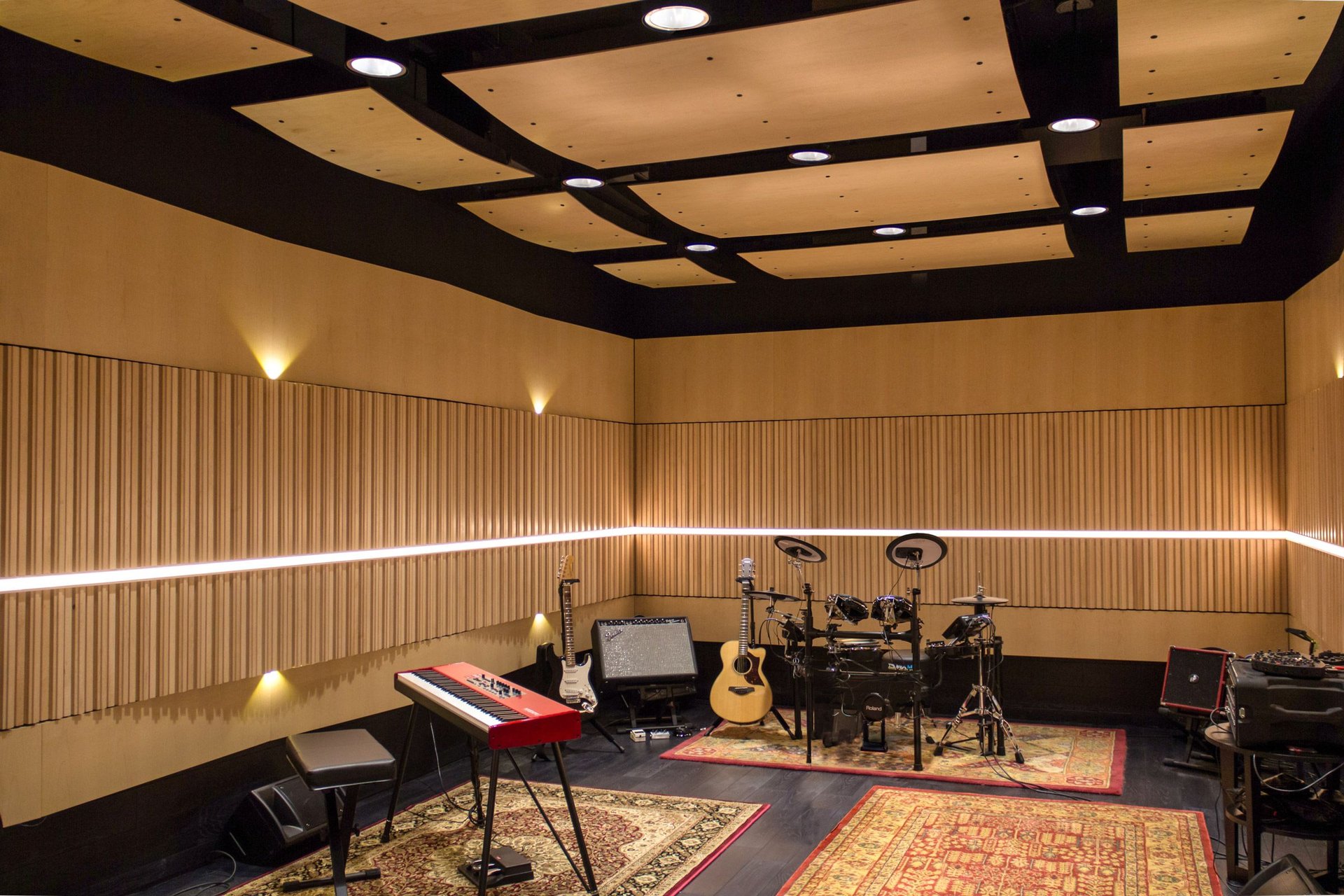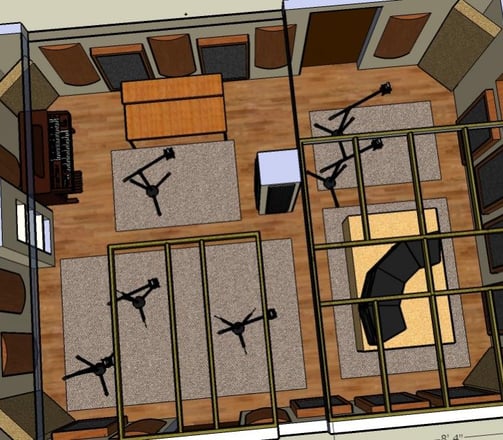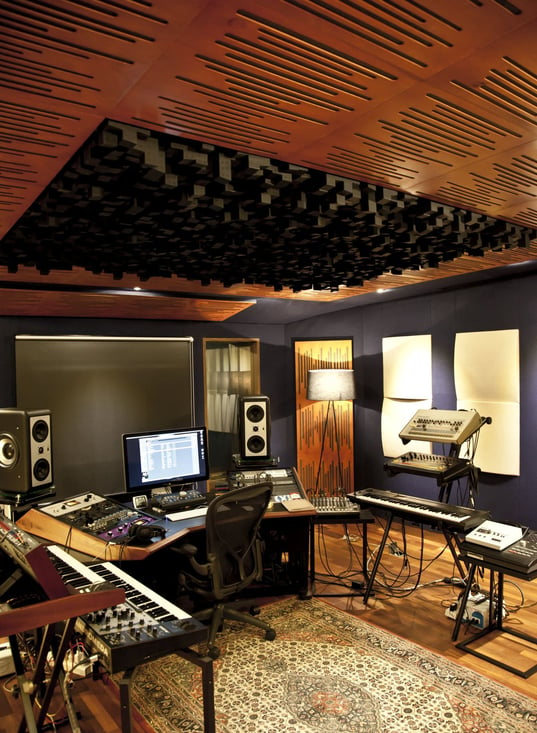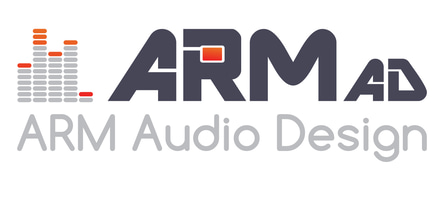
Small Room Acoustics
Explore our comprehensive range of services tailored to meet your specific needs and requirements. Small room acoustics refers to treating applicable rooms such as recording rooms, control rooms, listening rooms and home theaters which are all designed generally in small rooms. Small rooms need a different approach mainly due to modal resonances below the transition frequency.
Service Overview


Small Room Acoustics and Home Theatre


Recording Studios and Control Rooms
Recording Studios have various theories surrounding what constitutes as the correct way for recording and mastering rooms to sound. Accurate playback is essential for designing the correct mix, however the question remains are we mixing for a treated room, a car, nightclub. The space you master in must provide a balance to support the mastering in a treated room which will translate into potentially a non treated room. LEDE has been long thought as the standard in control room acoustics, with a minimum ISD gap and an RFZ to support an an-echoic path from the speaker to listener. However now, new research and methods claim whether terminating the an-echoic region is necessary at all or even desirable. Even diffusive elements once thought as an enemy against first order reflections in a studio and prioritizing room modes don’t have to be dismissed like before. Although, room modes do remain a priority, many acousticians are using diffusion at first reflection points, diffusion also provides a mild decrease in the strength of reflections and also improves the RT60 decay. Theories on reflections, early reflections early early reflections, post 20 ms reflections, specular reflections, angling reflections to second order reflections have fraught designers with conflicting information, however Armad filters through all these theories and sticks to the latest science/experience based research and works with the client to discuss possible design criteria and concepts. Feel free to discuss your ideas with Armad.
